To improve product engagement, think outside of the product

.png)

.png)
We’re all drawn to bigger, better, and shiner things.
This is true whether you’re acting as a consumer or a maker. Tireless product teams want to improve their products to no end. This often means more features, more customizability, and a better user experience.
Instead of always giving users more of your product, it can sometimes help to think smaller and outside of the product.
By breaking off and redistributing your product's value into smaller interactions, you can elevate awareness for your product and increase frequency of engagement.
While growth hacks that stray outside the product may seem distracting from the work at hand, smaller and more frequent doses of value can ultimately drive users back into the core product.
Free tools that are less powerful can generate leads for your product and increase product engagement from existing and prospective users.
Moz offers a comprehensive SEO tool, in addition to a number of free and limited usage tools to help marketers. One of their popular free tools is the MozBar browser extension, which examines the sites you visit. Since browser extensions are always in sight, they can easily spark usage and improve product engagement.
CoSchedule’s main product is an editorial calendar for individuals and teams. To increase its presence in the marketing space, they’ve built a free and easy-to-use headline analyzer that scores blog post headlines.
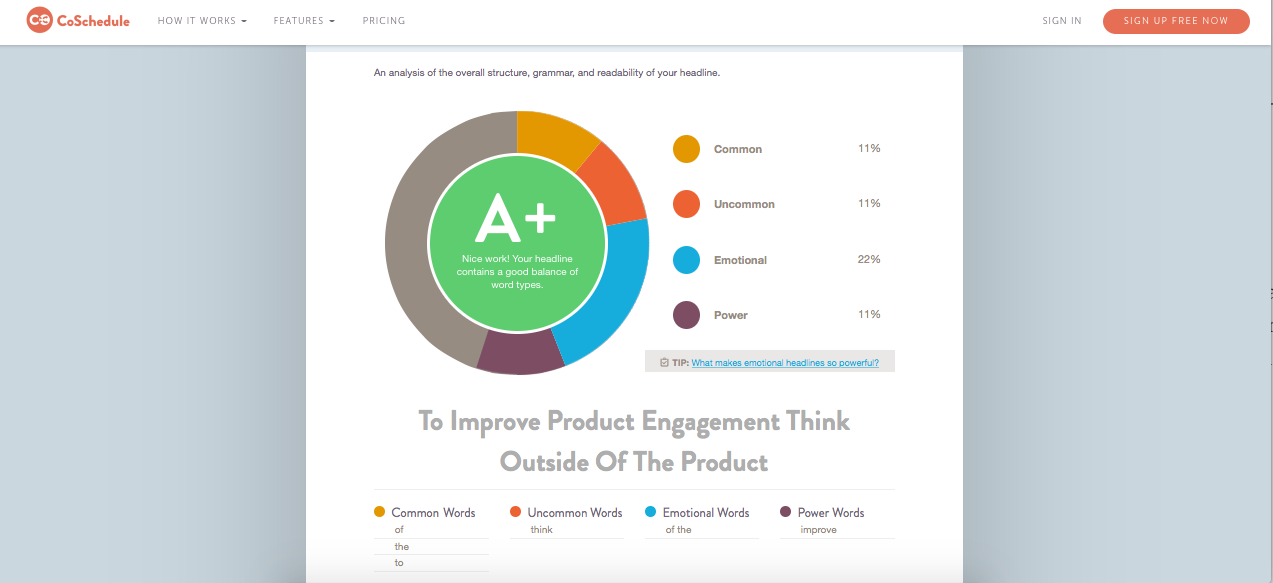
Buffer, which has free and paid plans for social media management, offers Pablo, a free tool for designing images. Since nice images tend to increase social media engagement, Buffer makes it super easy for anyone to whip up a design in minutes.
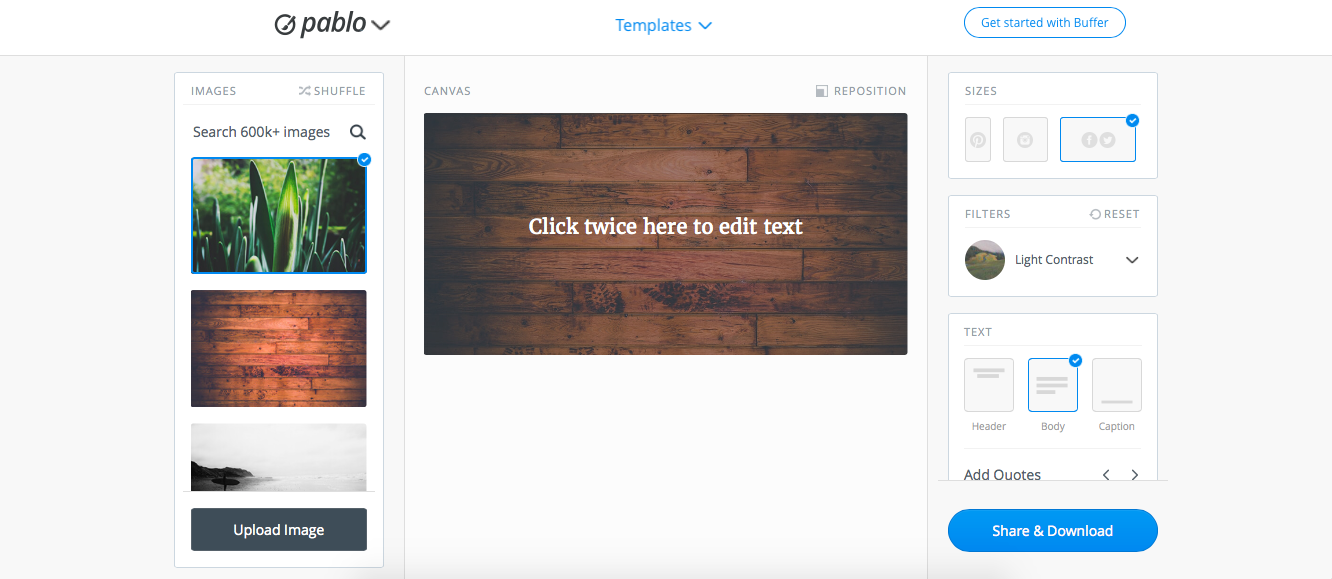
While these tools may not generate direct revenue, they bring awareness to your brand and can ultimately push users into paying for your product. Existing users can still benefit, and increase their product usage, from having a greater suite of tools to use.
Discussion forums that let users raise support issues, talk about the product, and exchange ideas about the industry have been around for years. The more recent trend is to build a Slack community for similar purposes.
Some products have gone one step further by creating platforms in which users can champion themselves and become thought leaders in the community.
Spiceworks, a free IT help desk, has built a robust community used by millions of IT professionals. The platform allows users to create profiles, earn badges for providing helpful answers, and share projects.
One of the community’s taglines is “millions of IT pros need your expertise,” which nicely sums up the validity of the community and compliments the user.
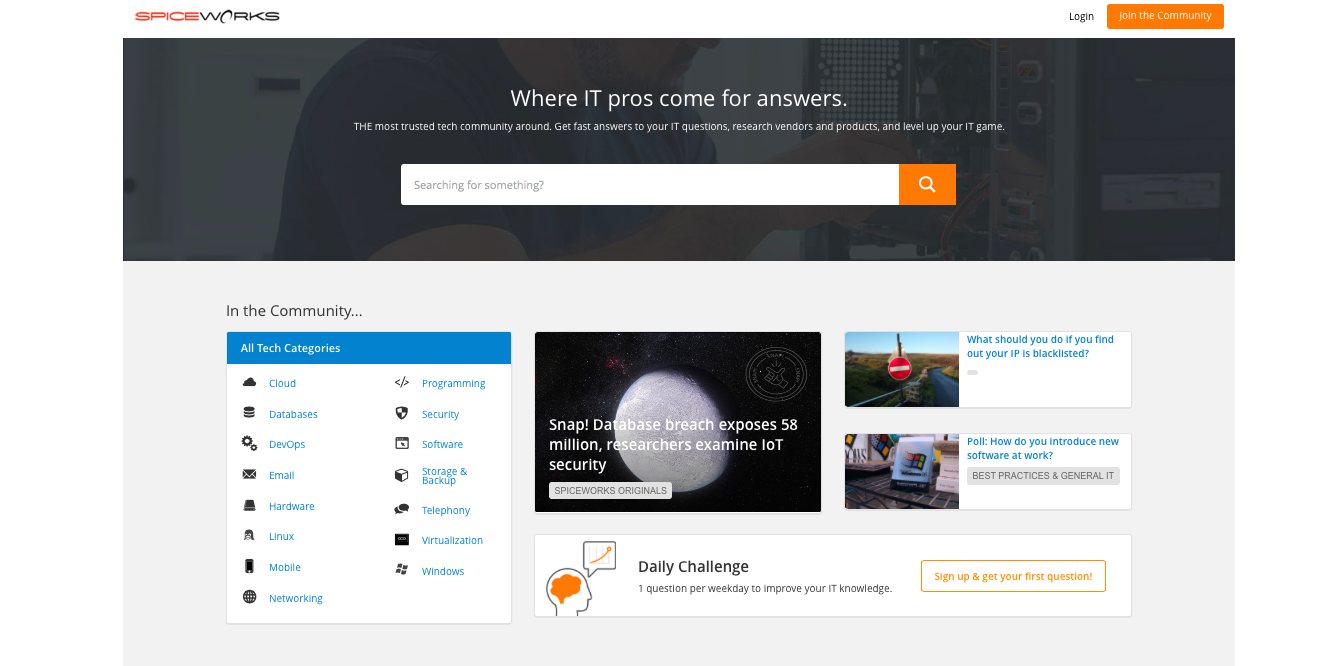
Moz creates an interactive community by carving out a section of its popular marketing blog for reader submissions. While anyone can contribute to YouMoz, the best submissions are featured on Moz’s main blog and sent out to Moz’s email subscribers. This incentivizes people to produce great content in the name of Moz. It’s a win-win for product engagement.
While creating communities may shift the limelight away from your product, celebrating users is a great way to make users feel more emotionally connected with your product.
Giving users a taste of your product through a freemium model can eliminate barriers to signing up and dramatically increase the number of users who try the product.
One unique way to try freemium, especially if your product is already established as a paid one, is Wistia’s approach of “monetizing backwards.” Wistia started as a paid product only and over the course of nearly a decade, made the product more and more free. Limiting initial growth helped Wistia understand user behavior and build a better product.
The challenge with freemium is nudging users to upgrade to the premium. The effectiveness of upgrade prompts depend on incentives and placement of the prompts.
An obvious limitation of consumer freemium products is the presence of ads. To reinforce this, YouTube uses a well-placed slideout to encourage users to try the ad-free YouTube red.
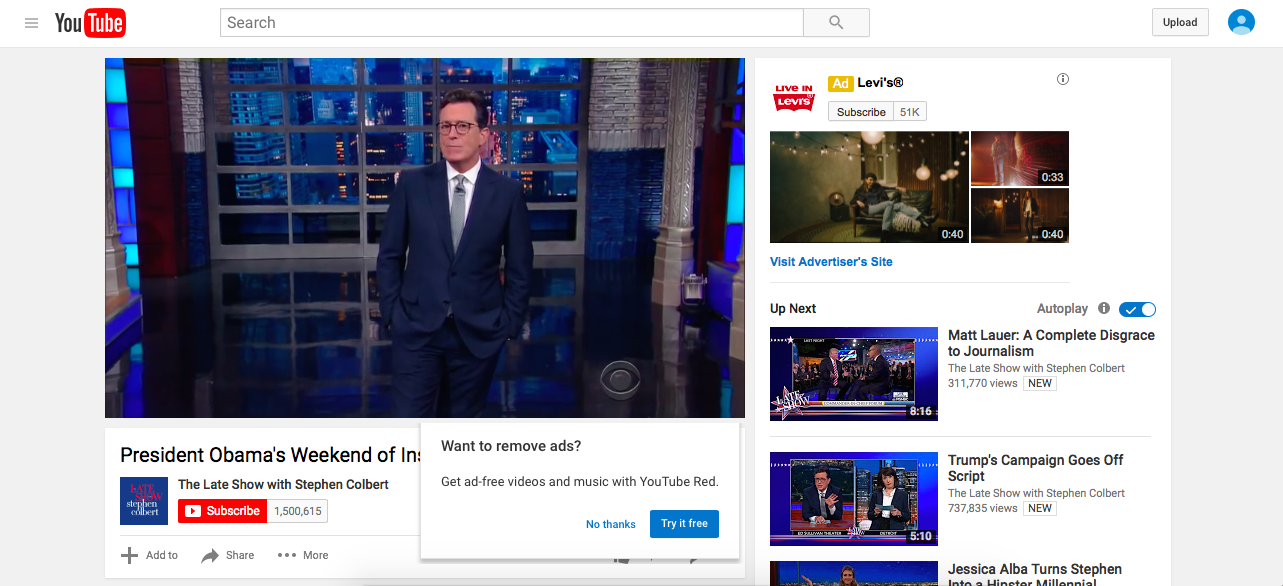
If you’ve ever listened to a podcast, you probably have heard of the mattress company Casper. They tout the perfect mattress and have the accolades to back it up. But a mattress is not a frequently purchased item.
To stay relevant to potential customers, Casper has turned to content marketing. They’ve launched a magazine, Van Wrinkle’s, staffed with journalists to discuss all things sleep. It’s a smart approach to staying on people’s minds and fulfilling a niche topic.
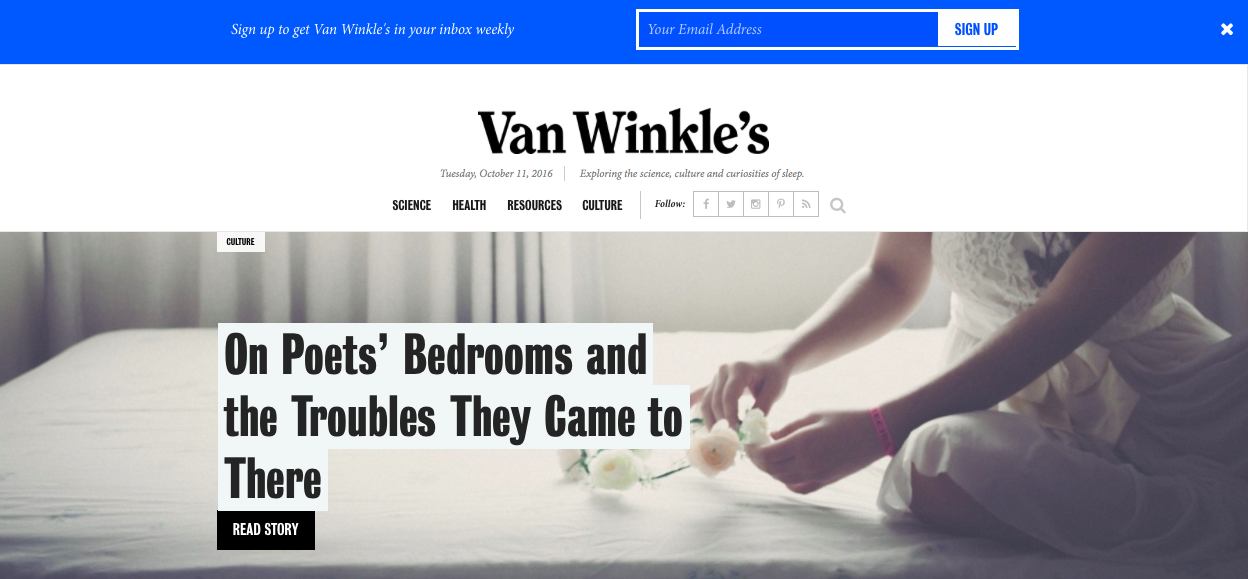
Even products that are used frequently can benefit from content. Take MailChimp’s sponsorship of Really Good Emails, an independent blog that showcases good emails. Although MailChimp users are probably in the product pretty often, supporting an independent blog dedicated to email design helps reinforce MailChimp’s leadership in the email space.
Even great products struggle to engage and retain users. User needs are constantly evolving, and the pace of innovation can be hard to maintain.
However, designing bigger and better products just for the sake of it can blindside companies to more effective ways of engagement. Building smaller and thinking outside of your product can often be easier, since you’ve already laid the foundations of your product and knowledge base.
Thinking outside of your product’s status quo takes creativity and may seem counterintuitive, but can increase your product’s presence and ultimately drive habitual product usage.